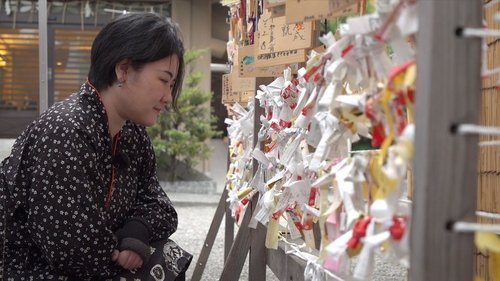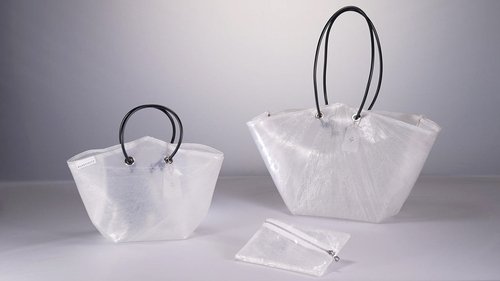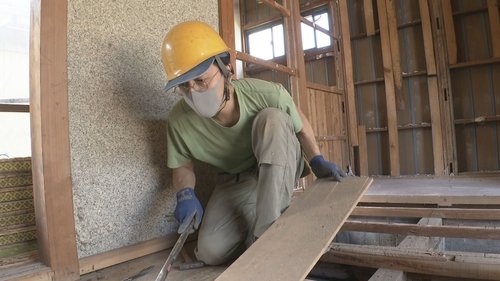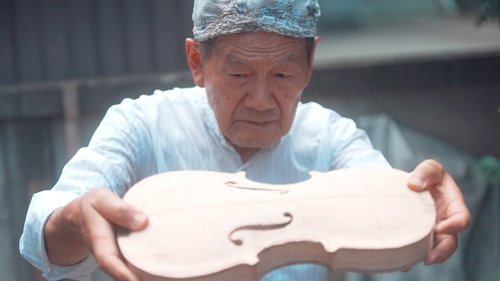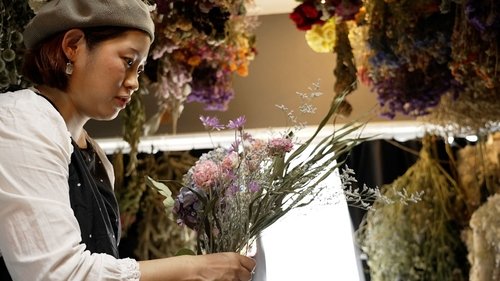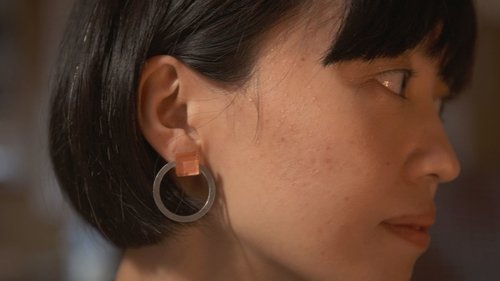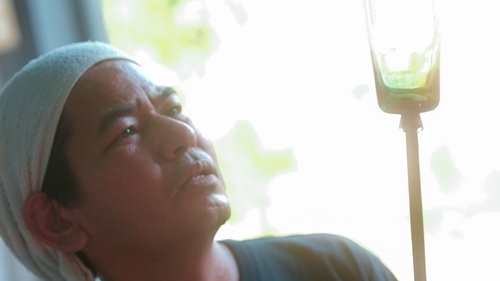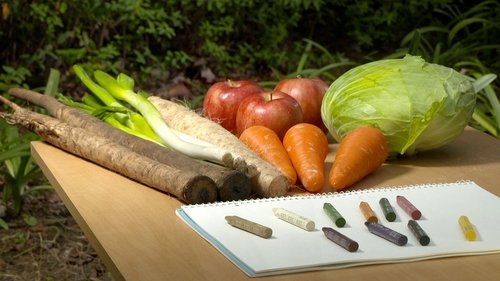

Documentary
The Best Episodes of Zero Waste Life Season 1
Every episode of Zero Waste Life Season 1 ranked from best to worst. Discover the Best Episodes of Zero Waste Life Season 1!

Documentary
The Best Episodes of Zero Waste Life Season 1
Every episode of Zero Waste Life Season 1 ranked from best to worst. Discover the Best Episodes of Zero Waste Life Season 1!
Meet people around Japan who strive for a life without waste under the traditional philosophy of "MOTTAINAI," which values cherishing the things we have.
Seasons4
Season 1 Ratings Summary
"Kintsugi: Giving New Life to Broken Vessels" is the best rated episode of "Zero Waste Life" season 1. It scored /10 based on 0 votes. Directed by Unknown and written by Unknown, it aired on 6/4/2021. This episode is rated 0.0 points higher than the second-best, "Asakusa Washi: Omikuji Recycling".

